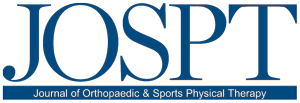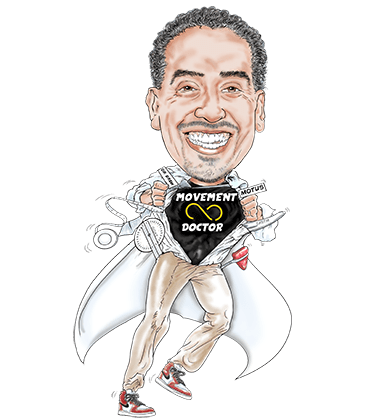Using EMG Biofeedback in Physical Therapy Rehabilitation
What is EMG biofeedback?
EMG biofeedback is a rehabilitation tool that utilizes the electromyograph (EMG) signal to provide information about the level of muscle activity. Specifically this device measures muscle tension as it changes over time. This feedback can be used to help individuals learn how to control their muscle activity, which in turn can improve their muscle contraction, movement, and function. The constant monitoring of the physical responses of the muscles while performing an isolated activity provides valuable insight into a patient’s body awareness and function.
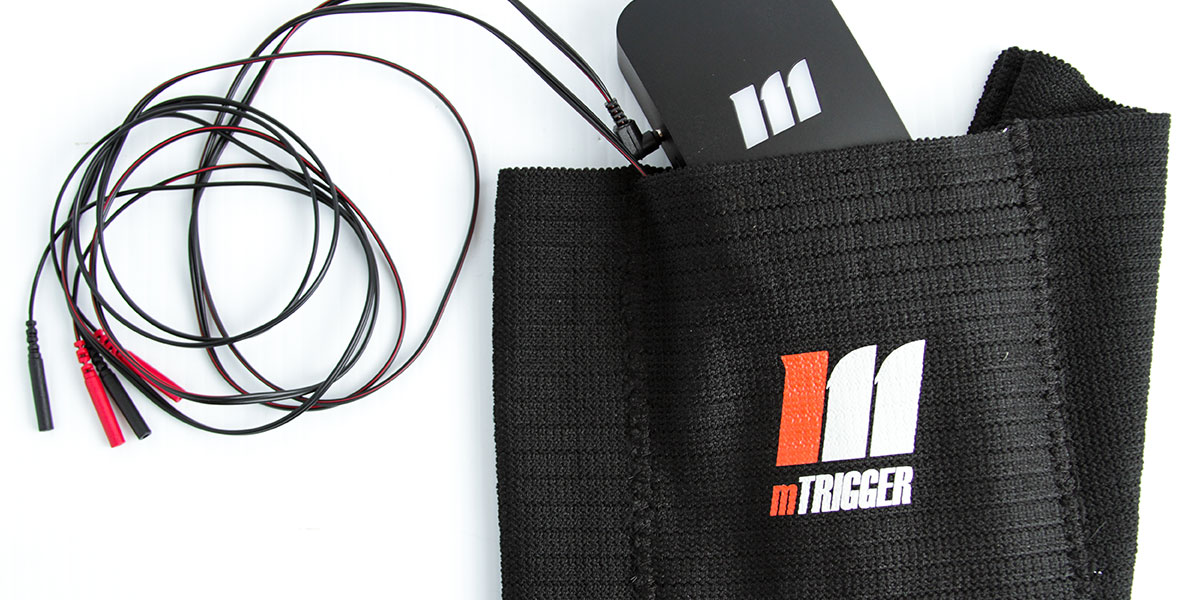
How does EMG biofeedback work?
During a typical biofeedback session, the physical therapist will place electrode sensors on the skin over the muscles that are being targeted. The patient then performs a specific task or therapeutic exercise while the therapist monitors the real-time EMG signal.
This feedback can help to improve certain muscles' activation and reduce movement dysfunction. There are different types of biofeedback devices that can be used, and the mTrigger biofeedback system allows the clinician to set the max voluntary contraction goal for the target muscle(s) so that a voluntary effort is required during each rep of contraction or relaxation.
This biofeedback device and mobile app allows for greater engagement via custom settings, training, play, and provides valuable data for your therapist to track over time. Visual feedback in the mobile device application provides real-time data to help patients achieve efficient neuromuscular re-education and put value in every rep. mTrigger makes therapeutic exercise effective, engaging, and fun way to monitor the body’s response.
Biofeedback Techniques
Biofeedback has often been described in the context of training as compared to therapy. With training and practice, biofeedback can help people learn new abilities which can help them improve their movement performance. Usually a biofeedback session lasts 10 to 20 minutes as a component of your overall physical therapy rehabilitation. The amount of time spent on this largely varies based on how the patient progresses.
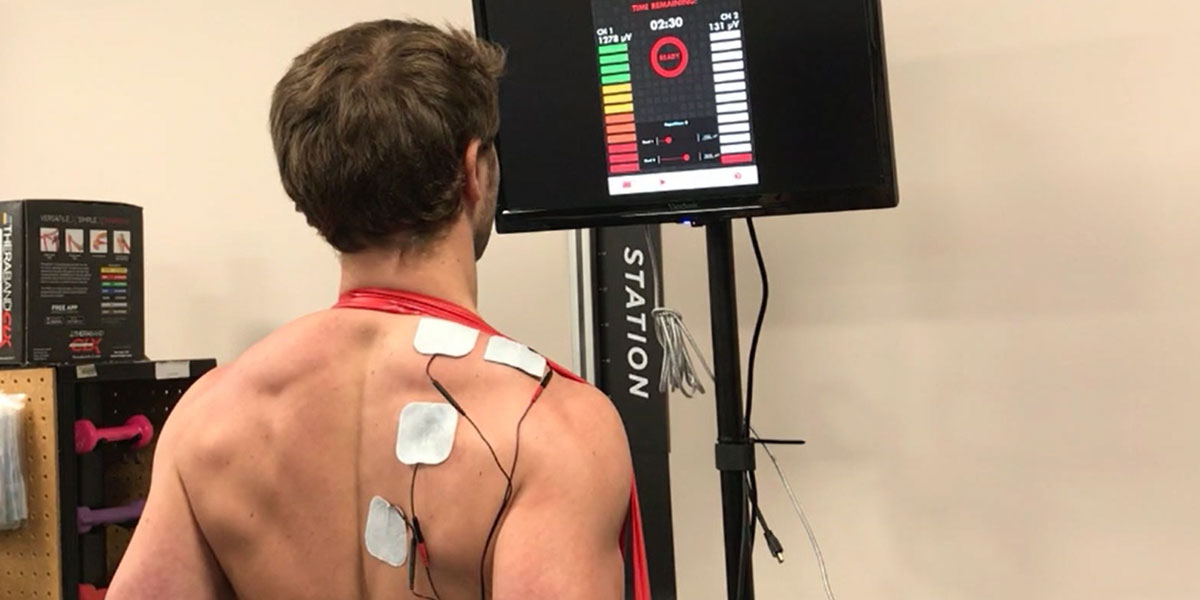
What are the benefits of biofeedback training?
There are many reasons why EMG biofeedback should be included as part of your physical therapy rehabilitation program. mTrigger biofeedback training is an effective tool for improving muscle contraction, activation, and strength.
By using a biofeedback device, you can also reduce overactive muscles, reduce pain,
and increase your range of motion reducing movement dysfunction.
It is a safe and non-invasive treatment using electrical sensors that can be used for individuals of all ages and abilities. Additionally, biofeedback treatment can be individualized to meet the specific needs of each patient.
Patients form a cognitive connection to functional motor learning, not just the engaging the
muscle motor units, using the mTrigger system. This allows for a more active role in the
intervention which better leads to true motor learning than passive alternatives.
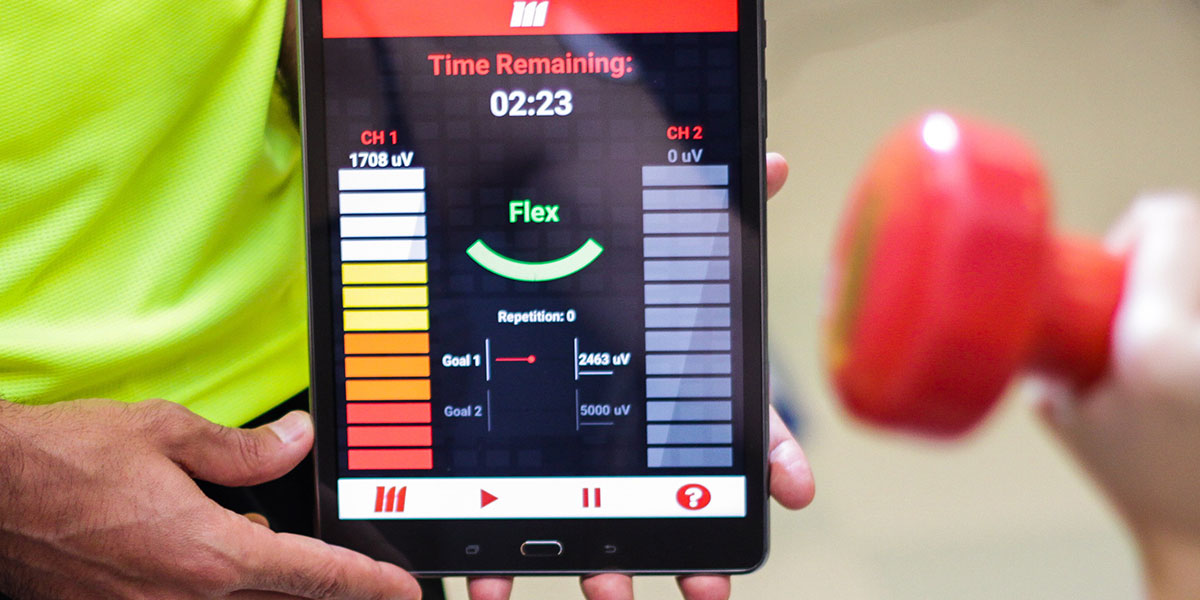
Who can benefit from biofeedback therapy?
Everyone can benefit from EMG biofeedback!
Biofeedback methods can be used for a variety of conditions and populations, including those with musculoskeletal or neurological conditions. Individuals with musculoskeletal conditions may include: movement dysfunction, postoperative patients (i.e. post-op anterior cruciate ligament reconstruction patients), injured athletes, and those who suffer from chronic pain can all benefit from biofeedback therapy.
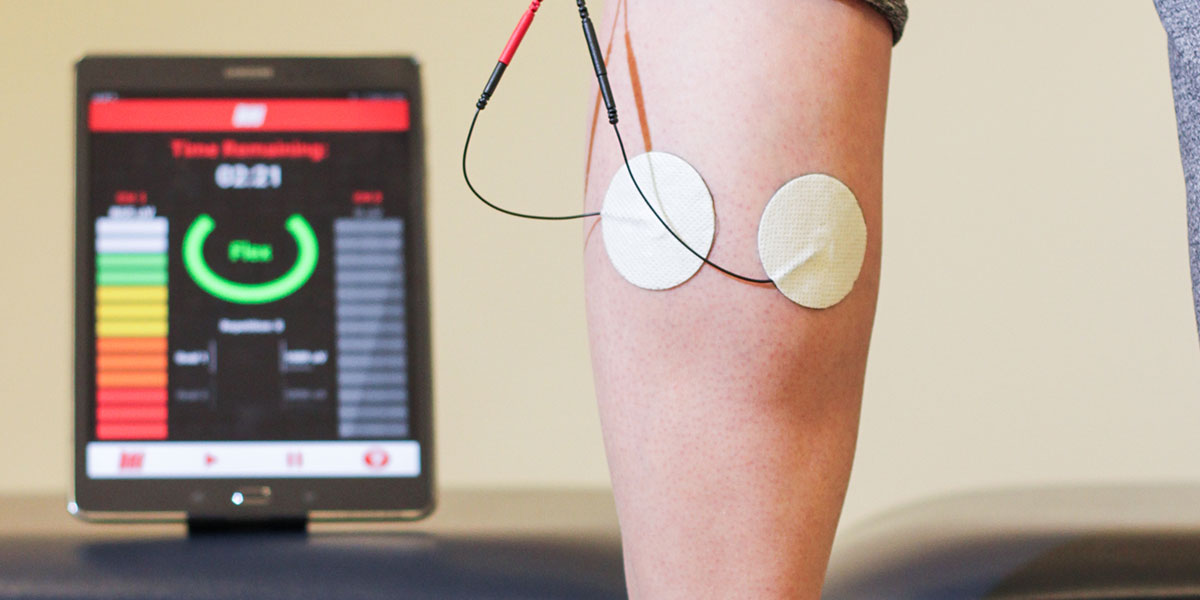
What is the patient's response to EMG biofeedback training?
The patients enjoy EMG biofeedback therapy. Some patients find the typical biofeedback sessions to be more fun than an average physical therapy session. Biofeedback training is helpful for the patient to understand the purpose of their exercises so that they have much greater buy-in to their program. That’s a game-changer. Both biomechanical and psychosocial approaches are used via the mTrigger EMG biofeedback system to engage the patient where they are, help them advance, and address their unique needs.
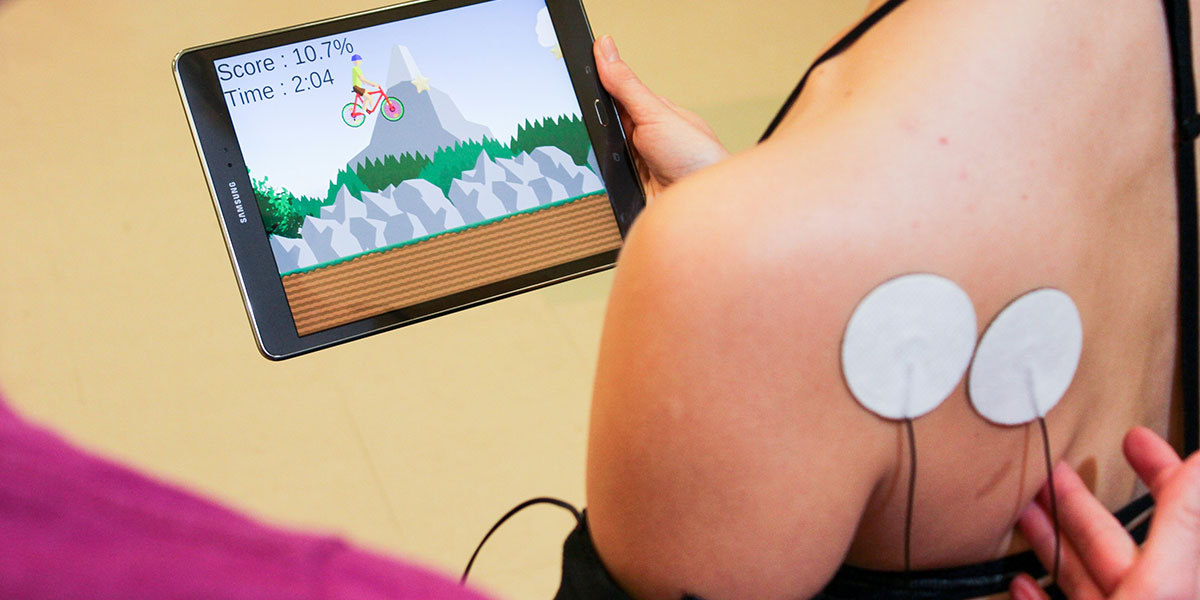
What are 5 biofeedback examples?
- Knee Rehabilitation
A common issue after knee surgery (ACL reconstruction, meniscectomy, meniscus repair, total knee replacements, etc.) is limited knee range of motion (ROM) and quadriceps weakness. The research shows that the effects of EMG biofeedback on quad function following ACL reconstruction was more effective in facilitating the recovery of full active knee extension than electrical stimulation alone. Achieving full knee extension is critical after surgery to normalize gait mechanics and reduces time on crutches. Review of the literature reveals improvements in ROM, overall function, and max quadricep recruitment with biofeedback training. Biofeedback therapy was shown to help improve muscular control, coordination, and function during activities. Combining biofeedback with traditional therapeutic interventions may prove most effective for knee rehabilitation.
- Hip Rehabilitation
The use of EMG biofeedback after total hip arthroscopy has demonstrated superior outcomes compared to a conventional rehab program alone. A biofeedback session included in with conventional rehabilitation interventions resulted in increased strength and range of motion. Biofeedback therapy has been shown to improve muscular control, coordination, and function during activities for those who have had hip arthroscopy surgery.
- Shoulder Rehabilitation
The use of EMG biofeedback after total hip arthroscopy has demonstrated superior outcomes compared to a conventional rehab program alone. A biofeedback session included in with conventional rehabilitation interventions resulted in increased strength and range of motion. Biofeedback therapy has been shown to improve muscular control, coordination, and function during activities for those who have had hip arthroscopy surgery.
- Back Pain
One study showed that biofeedback in the clinical setting was helpful in reducing pain and improving functional performance in patients with chronic low back pain. In this study, the biofeedback group had a significant decrease in disability, pain intensity, and catastrophizing thoughts after treatment. They also showed an increase in spinal flexion and extension strength compared to the control group.
- Neurological Conditions
Biofeedback has also been shown to be an effective treatment for various neurological conditions such as cerebral palsy, multiple sclerosis, and stroke. A study on biofeedback-assisted therapy showed that biofeedback works to improve upper extremity function in patients with cerebral palsy. Another study showed that biofeedback was effective in improving spasticity, range of motion, and walking ability in patients with multiple sclerosis. And a review of the literature on biofeedback for stroke rehabilitation found that biofeedback is an efficacious treatment for improving upper extremity function and balance.
If you are looking for a safe and effective way to improve your muscle activity and muscle contraction, mTrigger biofeedback therapy may be right for you. Contact us today to learn more about how biofeedback therapy can help you reach your rehabilitation goals.
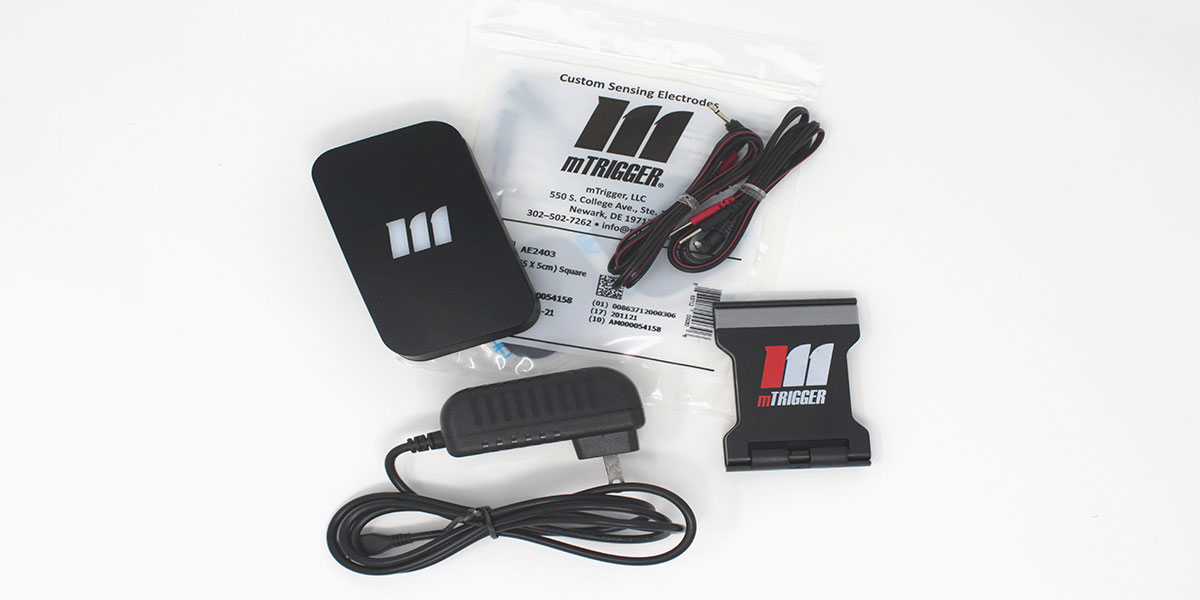
References
- “The Effects of Biofeedback on Quad Function Following ACL Reconstruction.” The Journal of Athletic Training, vol. 50, no. 12, Dec. 2015, pp. 1164-1172.
- “The Role of EMG Biofeedback in Hip Arthroscopy Rehabilitation.” The Journal of Arthroscopic & Related Surgery, vol. 33, no. suppl_S), Mar. 2017, pp. S450-S452.
- “The Effectiveness of Biofeedback Training in Shoulder Rehabilitation: A Systematic Review.” Physical Therapy Reviews, vol. 21, no. sup349), Feb. 2016, pp. S349-S357.
- “Biofeedback in the Treatment of Chronic Low Back Pain: A Systematic Review.” The Clinical Journal of Pain, vol. 33, no. 12), Dec. 2017, pp. 1164-1172.
- “EMG Biofeedback in Neurological Rehabilitation: A Literature Review.” NeuroRehabilitation, vol. 41, no. sup347), Apr. 2018, pp. S347-S357.
- “The Effectiveness of Biofeedback Assisted Therapy in Cerebral Palsy: A Systematic Review.” NeuroRehabilitation, vol. 37, no. sup345), Apr. 2016, pp. S345-S353.
- “Biofeedback Training in Multiple Sclerosis: A Systematic Review.” NeuroRehabilitation, vol. 39, no. sup346), Apr. 2017, pp. S346-S357.
- “Biofeedback for Stroke Rehabilitation: A Systematic Review and Meta-Analysis.” Stroke, vol. 49, no. sup), Jan. 2018, pp. S191-S201.
Have you been injured at some point in your journey?
Are you not achieving your highest level of function?
We’ve helped hundreds of people at all walks in life
get back to performing their best painfree!
Have you been injured at some point in your journey?
Are you not achieving your highest level of function?
We’ve helped hundreds of people at all walks in life
get back to performing their best painfree!
MOTUS Client
Janelly Farias
PT's to the Pro's, Stars and Skeptics
Discover why the pro's, protective parents, and weekend warriors trust our 4P Joint By Joint Approach™.

Lorem Ipsum
Daughter
Lorem ipsum dolor sit amet, consectetur adipiscing elit. Nam eget sollicitudin metus, sed euismod purus. Donec quis mauris in ligula luctus accumsan vitae a sem. Morbi hendrerit, justo auctor mattis vulputate, diam sem imperdiet metus, non vehicula arcu arcu in dui. Cras nec sollicitudin diam. Pellentesque finibus metus at dui gravida semper.

Lorem Ipsum
Professional Golfer
Lorem ipsum dolor sit amet, consectetur adipiscing elit. Nam eget sollicitudin metus, sed euismod purus. Donec quis mauris in ligula luctus accumsan vitae a sem. Morbi hendrerit, justo auctor mattis vulputate, diam sem imperdiet metus, non vehicula arcu arcu in dui. Cras nec sollicitudin diam. Pellentesque finibus metus at dui gravida semper.

Lorem Ipsum
Lawyer
Lorem ipsum dolor sit amet, consectetur adipiscing elit. Nam eget sollicitudin metus, sed euismod purus. Donec quis mauris in ligula luctus accumsan vitae a sem. Morbi hendrerit, justo auctor mattis vulputate, diam sem imperdiet metus, non vehicula arcu arcu in dui. Cras nec sollicitudin diam. Pellentesque finibus metus at dui gravida semper.

Lorem Ipsum
NFL
Lorem ipsum dolor sit amet, consectetur adipiscing elit. Nam eget sollicitudin metus, sed euismod purus. Donec quis mauris in ligula luctus accumsan vitae a sem. Morbi hendrerit, justo auctor mattis vulputate, diam sem imperdiet metus, non vehicula arcu arcu in dui. Cras nec sollicitudin diam. Pellentesque finibus metus at dui gravida semper.
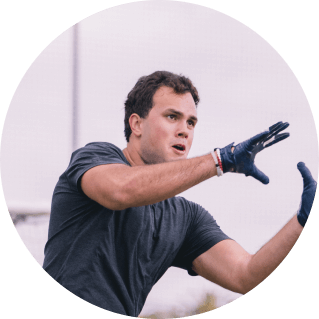
Lorem Ipsum
NFL
Lorem ipsum dolor sit amet, consectetur adipiscing elit. Nam eget sollicitudin metus, sed euismod purus. Donec quis mauris in ligula luctus accumsan vitae a sem. Morbi hendrerit, justo auctor mattis vulputate, diam sem imperdiet metus, non vehicula arcu arcu in dui. Cras nec sollicitudin diam. Pellentesque finibus metus at dui gravida semper.
It's time to toss out the old school
physical therapy playbook.
We'll never hand you a stack of those black and white exercise printouts.
MOTUS Client
Sam Darnold
MOTUS Client
Kyle Allen
Level up on rehab and prevention and get back to the activities you love
Schedule A Call
We'll walk you through our 4P Joint Approach™ and set up your 60-minute 1:1 consultation.
Get Your Personalized 4P Plan
We'll pinpoint the source of your pain and design a plan to restore movement along the entire kinetic chain.
Start Moving Again
Get an edge on injury prevention, relieve joint and muscle pain, and return to activities you love with confidence.
Stop wondering if you'll ever
get back to being you.

Professional Photographer
3 Ways to Level Up Your Rehab and Injury Prevention With Us
3 Ways to Level Up Your Rehab and Injury Prevention With Us







